reviewed by Christina Lopez
Plants that bring about psychotropic effects on the body after the human ingests them are called psychoactive plants. After ingestion, these plants affect the consciousness of a person by slightly altering it or directly affect the mind.
Contents
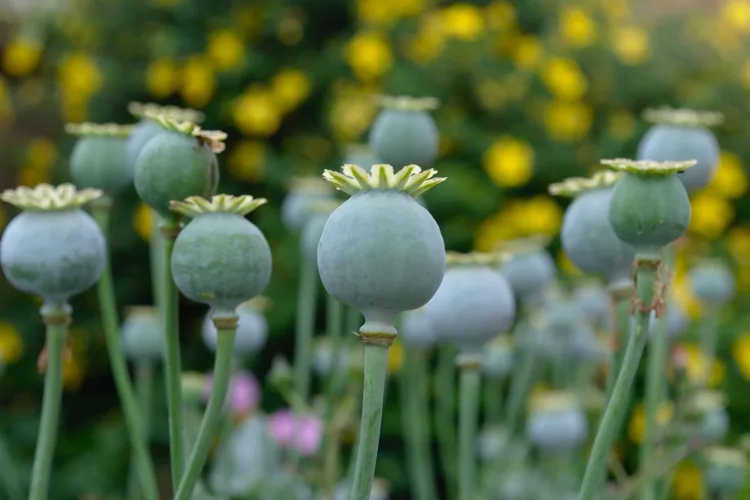
Found and native to Turkey, opium poppy is a beautiful plant which is also common in America. From Opium Poppy heroin, codeine and morphine can be made.
These are made from the unripe capsule-like seeds of the poppy. A cut is placed in these seeds to release a milky substance that acts as a raw material.
Opium's target audience in the body is the brain and the spinal cord. They are used mainly to numb the main or relieve it, but they also lessen anxiety, cause relaxation & produce psychoactive effects.
They put a person in somewhat of a state of euphoria and better the mood. They slow down a person's heart rate and respiratory rate. Smooth muscles of the gastrointestinal tract are also put in a relaxed state and cough reflexes are suppressed too.
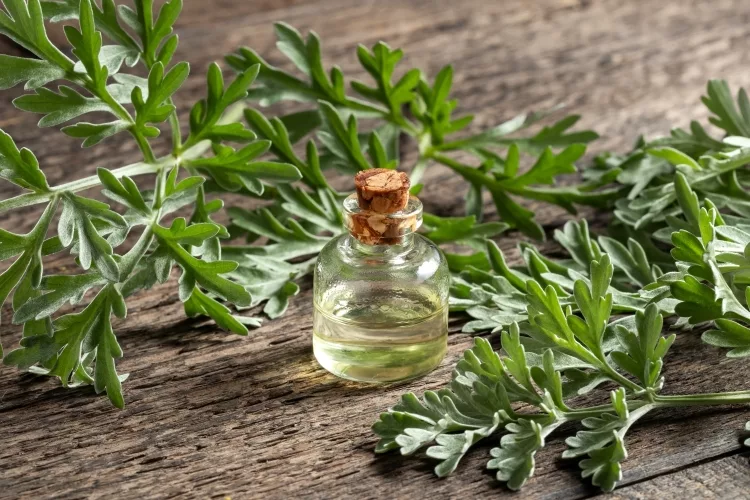
It affects the perceptions that revolve around the concepts of emotions, time and space. It is also used for pest control as well as abortion.
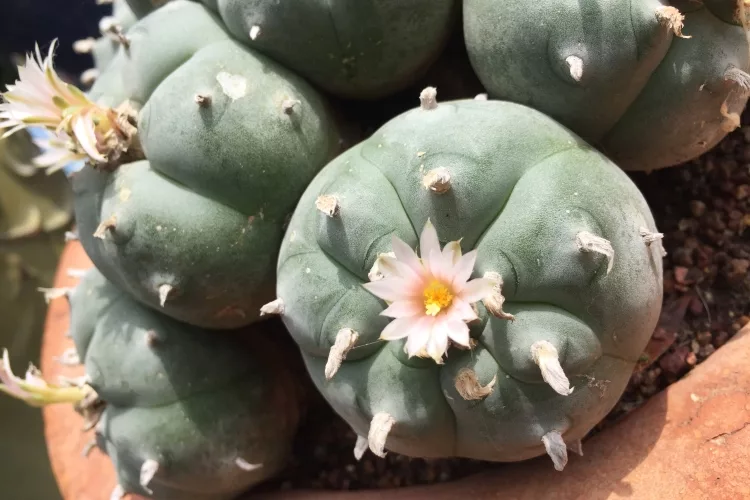
This cactus, rather small in size, is picked up from Southern Texas and more specifically the Chihuahuan Desert. Not only this, but there are also traces of it in Mexico (north). The cactus tops form the mescal buttons with the help of drying them.
They are well known for causing hallucinations and pack alkaloid mescaline. The degree of delusions varies significantly from one person to person. It may differ even in a single person, from one try or experience to another.
These psychoactive effects usually cause more visuals and fewer sounds and are not that auditory. A person may suffer from nausea because of this and even vomiting.
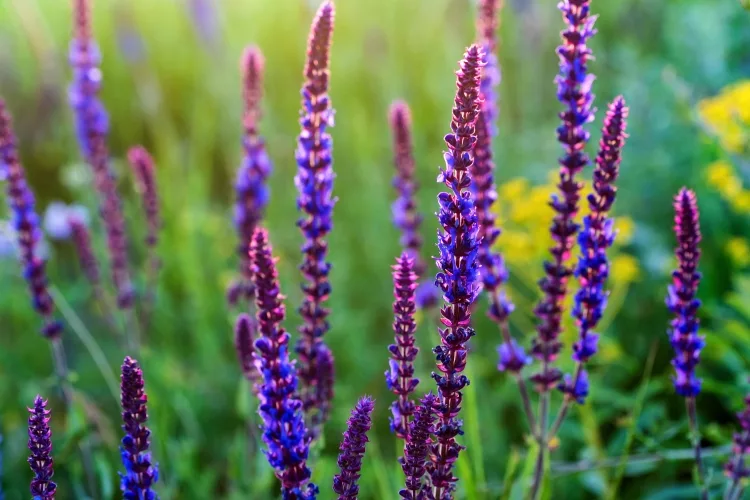
This unceremonious looking plant hails from the family of mints and has been widely associated with its use as a euphoria-inducing plant. The plant is known to produce specific psychoactive effects due to the presence of salvinorin A in it.
The plant was initially discovered in Mexico, where it was famously known to have been used by their voodoo practitioners and spiritual healers as a source to change the state of mind and alleviate it so that the users can experience an outer body effect.

Like Wormwood, this too has effects on the perceptions that revolve around the concepts of emotions, time and space.
While not well known in the West, betel chewing is a habit of an approximate one-tenth of the world's population, and betel is considered to be the world's fourth most popular psychoactive substance (after nicotine, alcohol, and caffeine).
Betel nuts grow on the palm of the Areca and are cultivated in India, Sri Lanka, Thailand, Malaysia and the Philippines.
For chewing, a betel quid is produced by wrapping in a leaf of the unrelated betel pepper plant a small piece of the areca palm seed (the betel nut), along with a pellet of slaked lime ( calcium hydroxide).
Betel chewing releases several addictive alkaloids which cause mild euphoria psychoactive sensations, and regular users often have red-stained teeth and lips.
While common in many South Asian cultural traditions, betel chewing is related to a range of severe health issues, including oral and oesophagal cancer. It is of that concern to health officials.
These do not change the perception of a person regarding space or time. However, they do cause stimulation and alertness. They are used for their narcotic properties, sedation or sleep induction.
This plant needs no formal introduction in and of itself. It's one of the most widely used plants with the ability to give the user a feeling of buzz or being "high as it is usually called in layman terms.
The geographical usage of the plant is unprecedented.
Borders or continents do not limit it. In India, Africa and possibly many other places in the world, marijuana or cannabis hold religious importance. The content is present in all plants of marijuana regardless if it's a male or the female plant, but is concentrated primarily in the flowering top of the female plants.
These buds are usually crushed, pressed and dried into smokable joints (cigarettes) or long glass pipes as well. As cannabis is the most extensively studied drug plant, its effects are the most widely known as well.
The results range from psychological to physiological spectrums. It induces a mild euphoria that causes the user to have a very mild out-of-body experience, where the perception of time and space is often distorted to a noticeable degree.
It is a kind of hallucinogenic snuff that is extremely common in the Amazon basins and is used by the native tribes and their shamans as a way to contact earth, animal and plant spirits as well as for healing. The snuff is prepared from the bark of a tree of species Virola theiodora and other shrubs.
The tree contains three potent psychoactive compounds such as DMT, MMT and serotonin. The snuff is considered to be so potent that it can kill a human even if it is prepared carefully. The tree's sale for reasons other than ornamental purposes is entirely illegal in the US.
The tobacco plant is native to the Americas and bears distinctive large leaves, which are a mainly concentrated source of nicotine. Nicotine is the chief active ingredient used in cigarettes, cigars, and snuff in tobacco, and is an addictive drug.
The drug has a unique biphasic psychoactive effect: it acts as a stimulant when inhaled in short puffs, but it can Om look OK to have a tranquillizing effect when smoked in deep drags.
That is why sometimes smoking can feel invigorating and may seem to block stressful stimuli on others. Nicotine is a highly toxic toxin when consumed in larger doses that induce vomiting and nausea, headaches, stomach pains, and extreme seizures, paralysis, and death.
Tobacco use causes several health problems, including cancer and emphysema, and accounts for more than 5 million deaths a year.
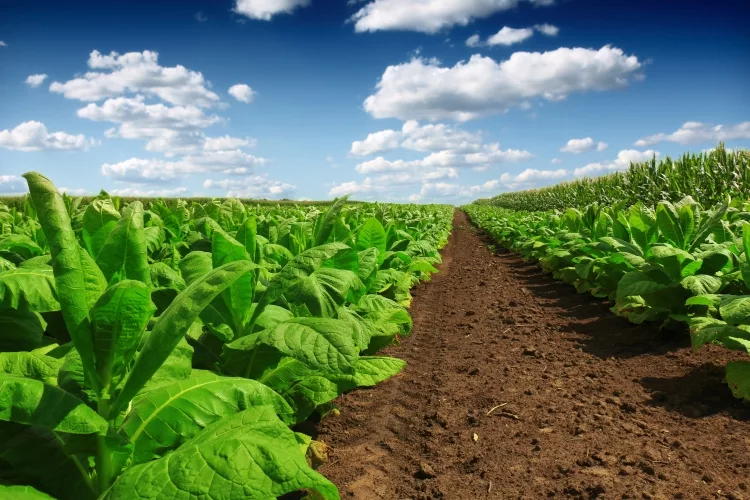
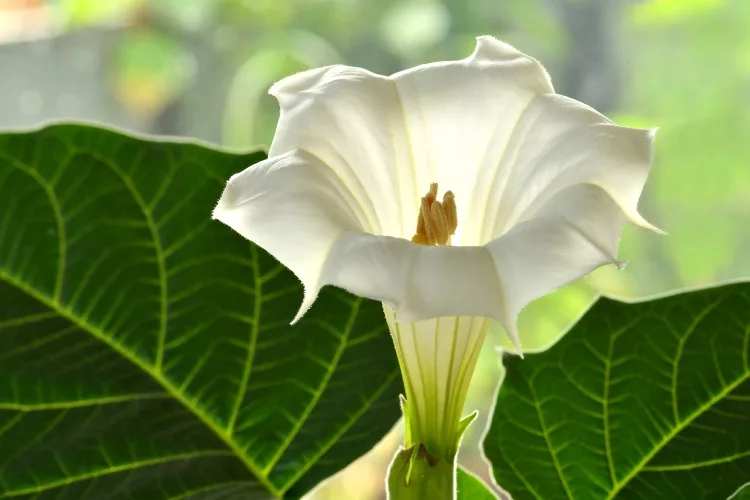
Jimsonweed grows across a large part of North and South America. It is an annual weedy plant featuring striking white tubular flowers and spiky seed pods. The leaves and seeds contain the potent alkaloids that cause hallucinations (hyoscyamine and hyoscine).
Jimsonweed, used ceremonially by several indigenous peoples, acts as delirium and can produce intense spiritual visions. It is highly dangerous, though, and careless use can easily lead to fatalities. Users frequently report under his influence terrifying hallucinations and paranoid delusions and may experience prolonged side effects such as blurred vision after application. Most are not doing it a second time.
Arising from Hispanic cultures, Ololiqui has both psychoactive and medicinal features that are used and valued by the people of West Indies, America (North and Central both) and Cuba. It is difficult to identify, and it is easy to get confused between this and a few other vines.
Coca is a tropical shrub found in several parts of Peru, Bolivia and Ecuador. Its leaves contain the alkaloid cocaine and have been chewed by Peruvian and Bolivian Indians for centuries for enjoyment or to survive strenuous working conditions, hunger and thirst.
The leaves, however, can also be processed into a potent white crystalline powder which is injected, smoked, or consumed otherwise. Ingested in limited quantities, cocaine induces feelings of well-being and euphoria along with reduced appetite, relief from exhaustion and improved mental alertness.
Cocaine is habit-forming, and cocaine causes depression, anxiety, irritability, sleep disorders, chronic fatigue, mental instability, and convulsions when consumed in higher doses and after extended and frequent use. A toxic psychosis can develop that includes psychotic delusions and alarming tactile hallucinations in which users encounter insects crawling under their skin.
Cocaine abuse, which had been a marginal drug problem throughout much of the 20th century, grew alarmingly in several countries in the late 20th century, and cocaine became responsible for a significantly increased percentage of drug-induced deaths.
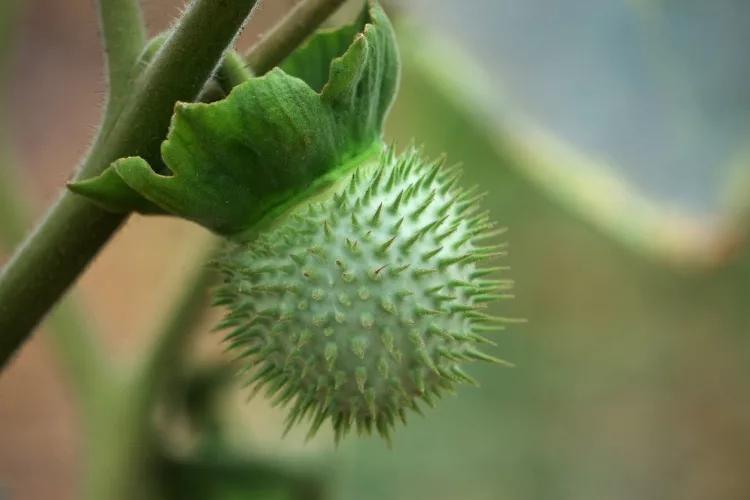
Devil's snare is part of the nightshade family and was initially available only in the Americas. However, it is grown worldwide now due to its fame.
The chemicals in this plant produce a psychoactive effect that is more powerful than most plants in the category. It is also used as a painkiller and as a remedy for the treatment of asthma.
Khat is a leafy and flowering plant that is found mostly in the Horn of Africa and the Arabian Peninsula. It contains cathinone which is a stimulant that causes loss of appetite, excitement and euphoria.
Chewing of Khat is a social custom in countries such as Somalia and Yemen. The drug is illegal in the UK and only allowed as a controlled substance in some countries such as the United States.
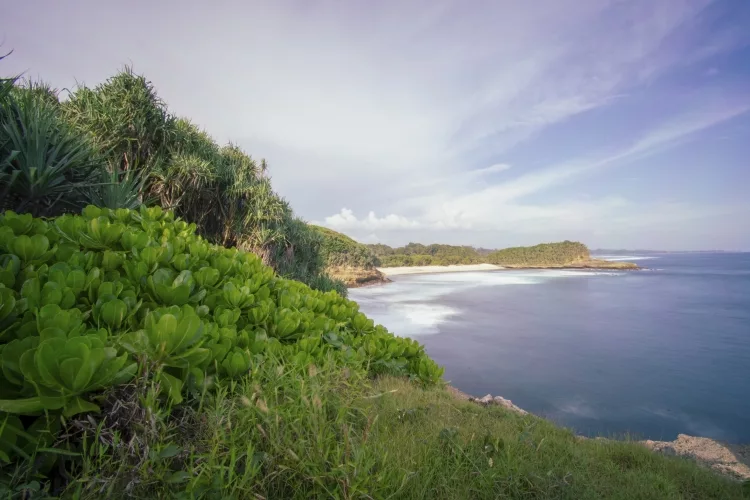
Kava is grown in the western Pacific region and is used to make drinks that benefit from its powerful sedative-like qualities. This drink creates a very mild anaesthetic and euphoric state in the body.
It is also a necessary export of several countries as it is a common type of herbal tea. As the effects are only mild, Kava is legal in most states.
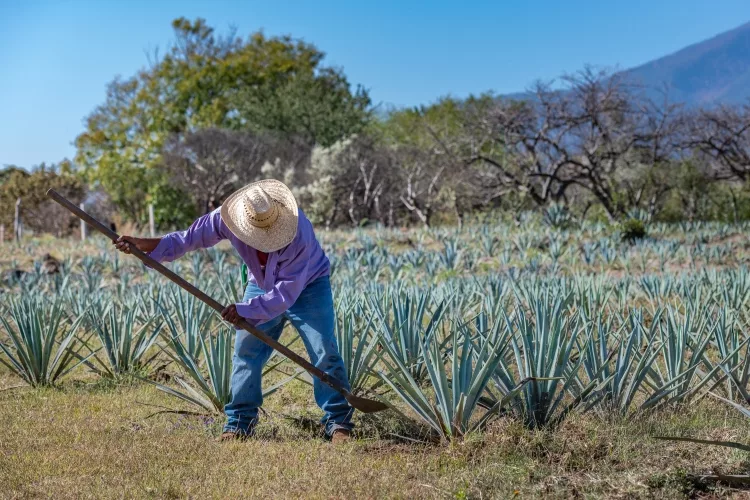
Blue Agave is the base ingredient in the famous alcoholic drink, tequila. It is a common plant in Mexico, and it used to be a sacred plant for the Aztecs.
9 Hallucinogenic Plants found in the Indian Subcontinent
15 Dangerous Plants for Gardening (Toxic)
Plants that Attract Snakes to the Garden
 |
 |
 |
 |

About Christina Lopez
Christina Lopez grew up in the scenic city of Mountain View, California. For eighteen ascetic years, she refrained from eating meat until she discovered the exquisite delicacy of chicken thighs. Christina is a city finalist competitive pingpong player, an ocean diver, and an ex-pat in England and Japan. Currently, she is a computer science doctoral student. Christina writes late at night; most of her daytime is spent enchanting her magical herb garden.
 |
 |
 |
 |
Check These Out
Get new FREE Gifts. Or latest free growing e-books from our latest works.
Disable Ad block to reveal all the links. Once done, hit a button below
 |
 |
 |
 |